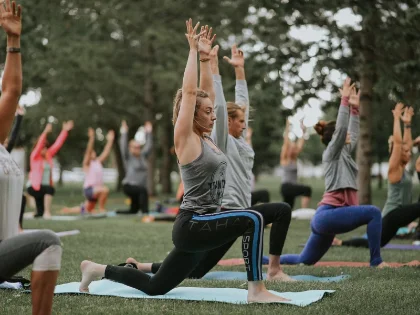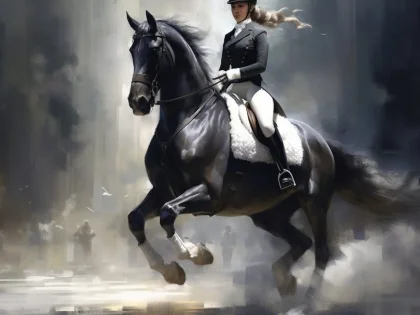Cross-Country Riding 101: Overcoming Biological Barriers
Cross-country is one of the three disciplines that makes up eventing. It requires a lot of speed, strong fences, and natural obstacles. For this sport, you should look for a horse with the appropriate temperament and endurance. Maintaining a strict conditioning plan for both you and your horse, along with training months in advance, helps.
Water
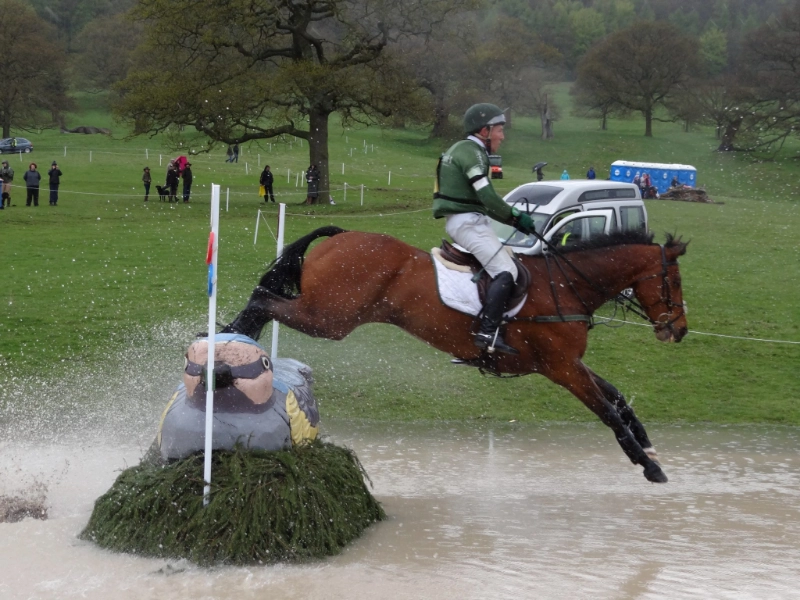
Distinctive
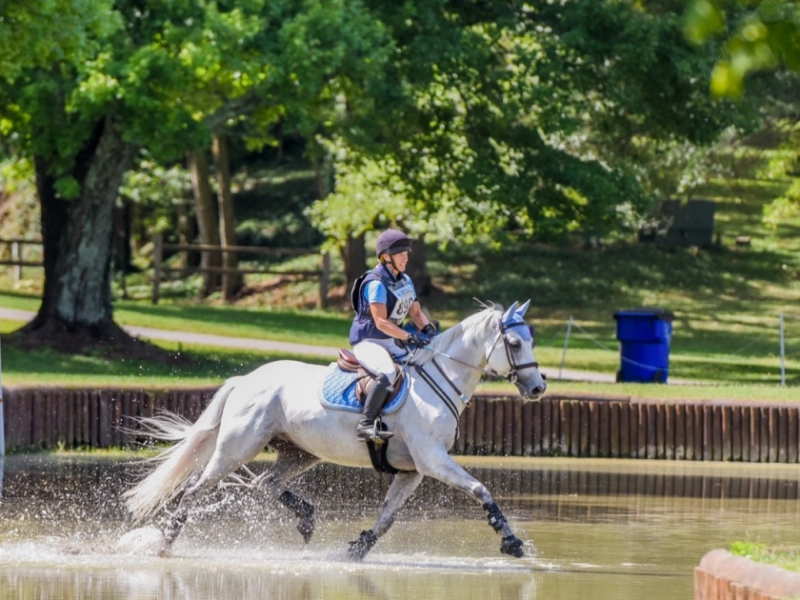 Ditches are another typical barrier that requires a lot of training to overcome. To make sure that your horse can navigate these organic hurdles without being frightened or losing their rhythm and balance, you must practice strong groundwork.
It's crucial to approach ditches carefully and with a free rein while training your horse so they can learn to take their surroundings into account and go over obstacles without incident. To ensure that your horse is comfortable approaching banks at a rapid pace, it is also beneficial to rehearse riding up and down them at a walk.
Once your horse has learned the fundamentals, it's time to start working on more complex problems like coffin fences. Although practicing these at school can be a little challenging, it's worthwhile to make sure your horse feels comfortable jumping them. They're an excellent method to assess your horse's sense of direction, rhythm, and balance, in addition to their capacity to maintain a steady and controlled canter.
Ditches are another typical barrier that requires a lot of training to overcome. To make sure that your horse can navigate these organic hurdles without being frightened or losing their rhythm and balance, you must practice strong groundwork.
It's crucial to approach ditches carefully and with a free rein while training your horse so they can learn to take their surroundings into account and go over obstacles without incident. To ensure that your horse is comfortable approaching banks at a rapid pace, it is also beneficial to rehearse riding up and down them at a walk.
Once your horse has learned the fundamentals, it's time to start working on more complex problems like coffin fences. Although practicing these at school can be a little challenging, it's worthwhile to make sure your horse feels comfortable jumping them. They're an excellent method to assess your horse's sense of direction, rhythm, and balance, in addition to their capacity to maintain a steady and controlled canter.
Banks
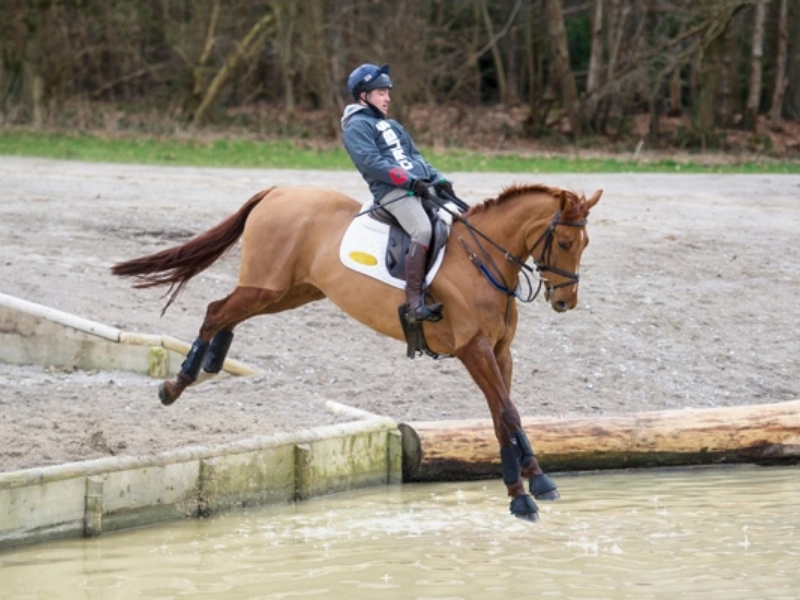 Riding banks requires a rider to be patient. Walking the course before riding is an excellent idea because it helps you assess your horse's potential and create a plan. It also allows you to assess the footing, since leaping is not recommended on muddy or uneven terrain.
At the Novice and Intermediate levels, banks can range in complexity from basic steps to much more intricate structures with fences above them. Riders should approach banks with a trot, not a canter, in order to make them work. This lessens the possibility that the horse will run out and skid over the obstacle by assisting them in stepping forward to reach a deep takeoff area.
Building trust and confidence in your horse is the first step towards becoming confident while facing cross-country challenges. You can conquer any obstacle and enjoy yourself while riding a horse if you have the proper training and mindset.
Riding banks requires a rider to be patient. Walking the course before riding is an excellent idea because it helps you assess your horse's potential and create a plan. It also allows you to assess the footing, since leaping is not recommended on muddy or uneven terrain.
At the Novice and Intermediate levels, banks can range in complexity from basic steps to much more intricate structures with fences above them. Riders should approach banks with a trot, not a canter, in order to make them work. This lessens the possibility that the horse will run out and skid over the obstacle by assisting them in stepping forward to reach a deep takeoff area.
Building trust and confidence in your horse is the first step towards becoming confident while facing cross-country challenges. You can conquer any obstacle and enjoy yourself while riding a horse if you have the proper training and mindset.
Trees
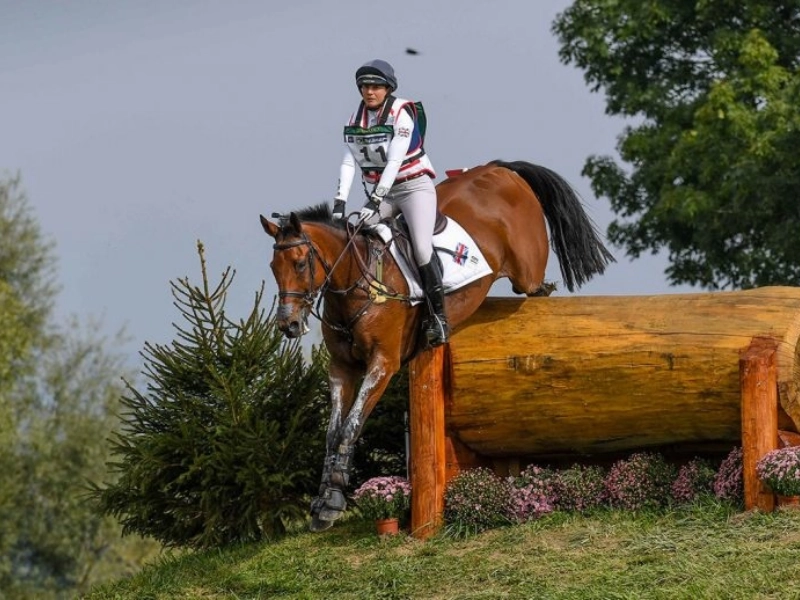 There is no greater rush than galloping over naturally occurring obstacles and through constantly shifting terrain. However, this thrilling experience necessitates a strong link of trust and cooperation; it is not merely enjoyable for the horse and rider.
Cross-country course designers work hard to ensure that every obstacle is a fair test at the right difficulty level for competitors. This implies that an intermediate course might have more challenging courses around naturally occurring obstacles, while even a beginner's program might employ trees to organically prepare and lead up to jumps.
Prior to riding the course, riders walk around to assess the terrain and identify any potential trouble spots. For instance, riders must consider whether the ground is muddy or has uneven footing. Similarly, abrupt changes in light and shade should also be taken into account, since they can impair a horse's vision.
There is no greater rush than galloping over naturally occurring obstacles and through constantly shifting terrain. However, this thrilling experience necessitates a strong link of trust and cooperation; it is not merely enjoyable for the horse and rider.
Cross-country course designers work hard to ensure that every obstacle is a fair test at the right difficulty level for competitors. This implies that an intermediate course might have more challenging courses around naturally occurring obstacles, while even a beginner's program might employ trees to organically prepare and lead up to jumps.
Prior to riding the course, riders walk around to assess the terrain and identify any potential trouble spots. For instance, riders must consider whether the ground is muddy or has uneven footing. Similarly, abrupt changes in light and shade should also be taken into account, since they can impair a horse's vision.





